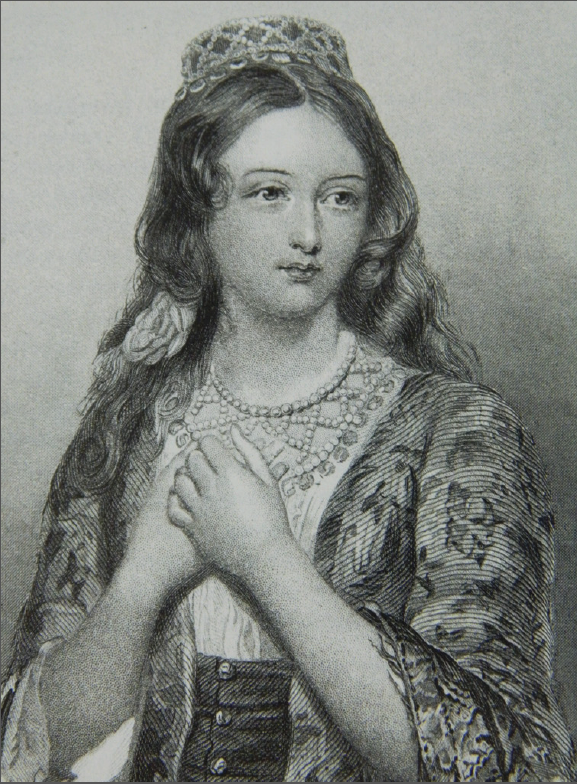Wikipedia articles are written and maintained by volunteers, all of whom have differing areas of interest and expertise. Volunteers have varying access to source material, so academic sources, that are often restricted behind paywalls, aren’t well represented on the site. Sometimes, however, sources for a particular topic are plenty, but they’re in another language. That’s where Wiki Education-supported translation courses come in. In these courses, students translate articles from their language of study to the Wikipedia of their native language. Usually, this means students are translating articles from Spanish, French, German, and other languages and bringing that information to the English Wikipedia, which is the most comprehensive and accessed of all the language Wikipedias. Through this assignment, students bring existing information to wider audiences, master course material enough to synthesize it for a general audience, and gain skills and confidence in translation.
Mac Wilson’s Spanish course at Brigham Young University is one such course. Students created new articles (translated from Spanish articles about the same topics) about the destruction of Santiago and María Ignacia Rodríguez de Velasco y Osorio Barba. Now English Wikipedia’s millions of readers can learn more about these previously unrepresented topics.
The destruction of Santiago refers to the destruction of the city of Santiago, Chile in 1541 during the Arauco War between the indigenous Mapuche people and Spanish conquistadors. After various setbacks that left the Spanish conquistadors vulnerable, the Mapuche peoples from Aconcagua, Santiago, and Cachapoal united themselves under the leadership of toqui Michimalonco to expel the Spaniards. They were 8,000-10,000 people strong as they surrounded Santiago. After 12 hours, Spanish forces were nearly defeated. But the Mapuche retreated after a particularly brutal tactic employed by conquistadora Inés de Suarez. Half of the city was burned as a result of the conflict.

Image: File:La Güera Rodríguez.png, public domain, via Wikimedia Commons.
María Ignacia Rodríguez de Velasco y Osorio Barba was a Criolla figure of New Spanish society born in the late 1700s. She was known for her beauty and quick wit, nicknamed “la Güera Rodríguez” or “the Fair Rodríguez.” She was a proponent of Mexican independence from Spain, and was exiled to Querétaro for a short time by the Inquisition. María Ignacia took a number of lovers and husbands throughout her life, including the future emperor of Mexico, Agustín de Iturbide, with whom she exercised great political influence. Other relationships at the time allowed her to advocate for independence, as well as have access to confidential documents and political information. She spent the last years of her life devoted to religious piety.
Another student significantly expanded the article about Caupolicán, a toqui, or chief, of the Mapuche from 1553-1558 who led the resistance against Spanish Conquistadors during that time. Caupolicán earned his toqui title by holding a tree trunk on his shoulders without fainting for two days and one night, longer than other candidates. He is recognized all over Chile in street names, monuments, and landmarks. Where the Spanish article about him was comprehensive, the one on English Wikipedia was only a short article. Thanks to this student’s translation, the English article has 2,000 more words of content for millions to access and learn from.
To learn more about teaching with Wikipedia in your own course, visit teach.wikiedu.org or reach out to contact@wikiedu.org.
